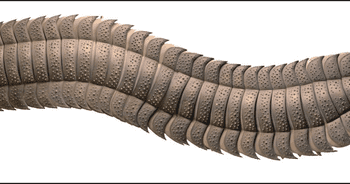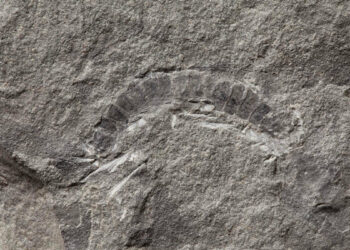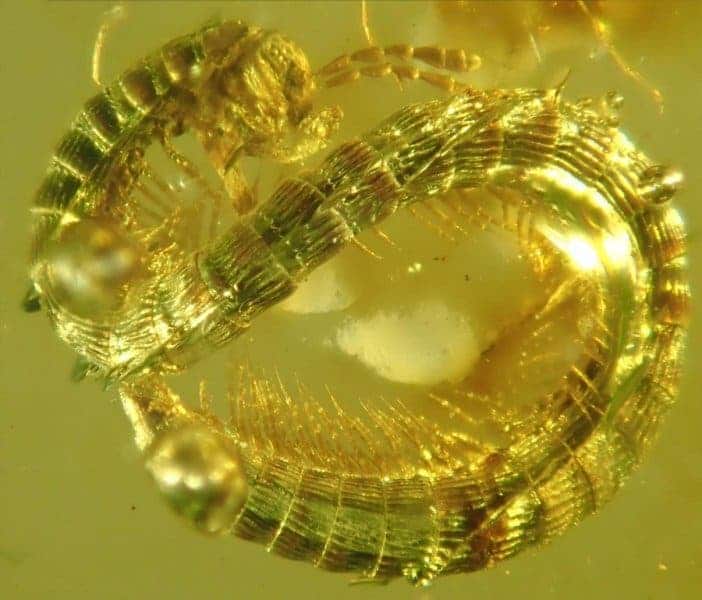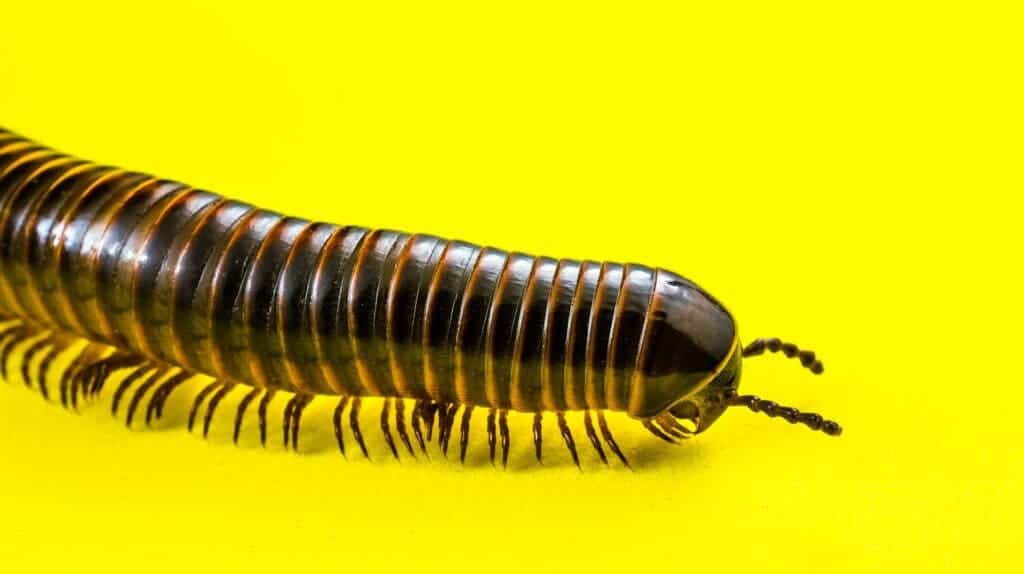
Millipedes are often called 1,000-legged worms. While it’s true that no other creature has as many legs as a millipede, the term is a misnomer since among the more than 7,000 species we know, the leggiest one only numbers about 750 appendages — until now, that is. Biologists in Australia claim they’ve now identified the first true millipede with more than 1,000 legs. Actually, that’s 1,306 tiny legs, to be more precise.
The new species, dubbed Eumillipes persephone after Persephone, the queen of the underworld in Greek mythology, was discovered crawling through the soil deep underground.
Scientists who specialize in millipedes, known as diplopodologists, had always hoped to find one that honors the name but until now they were out of luck. The previous record-holder with a leg-count of 750 had remained undefeated for a hundred years.
But then in the summer of 2020, while most of us were cooped up at home under COVID lockdown, Bruno Buzatto, principal biologist at Bennelongia Environmental Consultants in Western Australia, happened to find E. persephone inside a borehole, of all places, drilled at a mineral-mining site in Western Australia. The site is almost 60 meters (200 feet) below the surface, making the newly found species the deepest-living millipede.
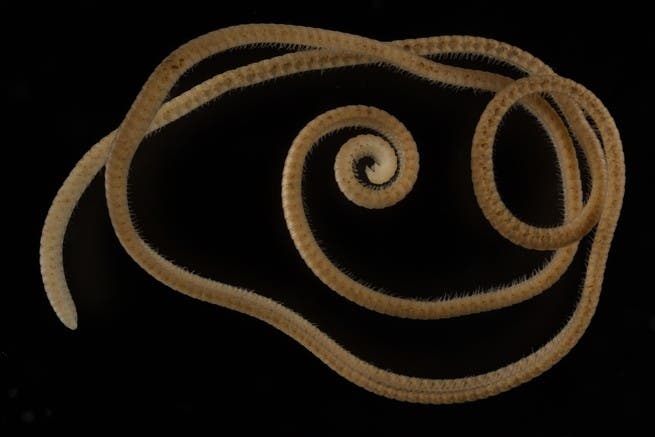
Buzatto sent specimens to Paul Marek, an entomologist at Virginia Tech and one of the world’s foremost experts on millipedes, having discovered over 60 species in his career. At Marek’s lab, a careful examination was performed, including electron microscopy and DNA sequencing. Of course, they also counted the legs, finding a female had a record 1,306 limbs while a male had 998, frustratingly close to the threshold of 1,000. There was no help from computers here — the counting was all done by hand, one tiny appendage at a time.
The brown crawler measures nearly 10 centimeters (4 inches) and is about as thin as an USB cable. It has no eyes, which is actually unusual for this order of animals, but since it has adapted to life underground it’s not all that surprising. E. persephone‘s environment is also responsible for the creature’s lack of pigmentation, another remarkable feature which is exceedingly rare among millipedes.
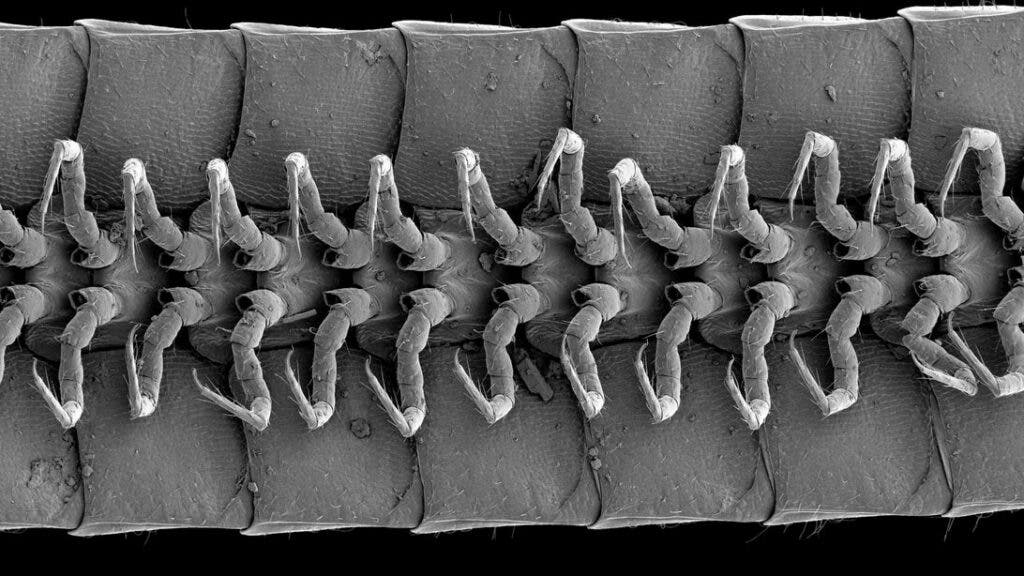
The only other millipede that looks similar is Illacma plenipes, an invertebrate native to California and the previous-record holder with 750 legs. As such, the entomologists believe the two creatures are an example of convergent evolution — the process whereby distantly related organisms independently evolve similar traits to adapt to similar necessities.
Based on his earlier work with other similar creatures, Marek believes that all those years of evolving underground fostered super-elongation and shorter legs that help the millipede burrow through soil efficiently. Going from one place to another is critical to E. persephone‘s survival as nutrients are in low supply in the underworld, so having more, shorter legs provides additional propulsion power.
And as amazing as the discovery of E. persephone may be, it’s worth pointing out how lucky the researchers were.
“I don’t think we would have ever known about this had it not been for the mineral exploration that’s occurring,” Dennis Black, the millipede expert from LaTrobe and a co-author on the study, told CNet.
Now the researchers are wondering whether a millipede with even more legs could be found. The likeliest place to look for one is underground, places like the site from Western Australia that E. persephone calls home. Very long millipedes are easy targets for predators, so only those living deep underground would stand a chance. But for this reason, they’re also the hardest to spot by entomologists.
The findings appeared in the journal Scientific Reports.

